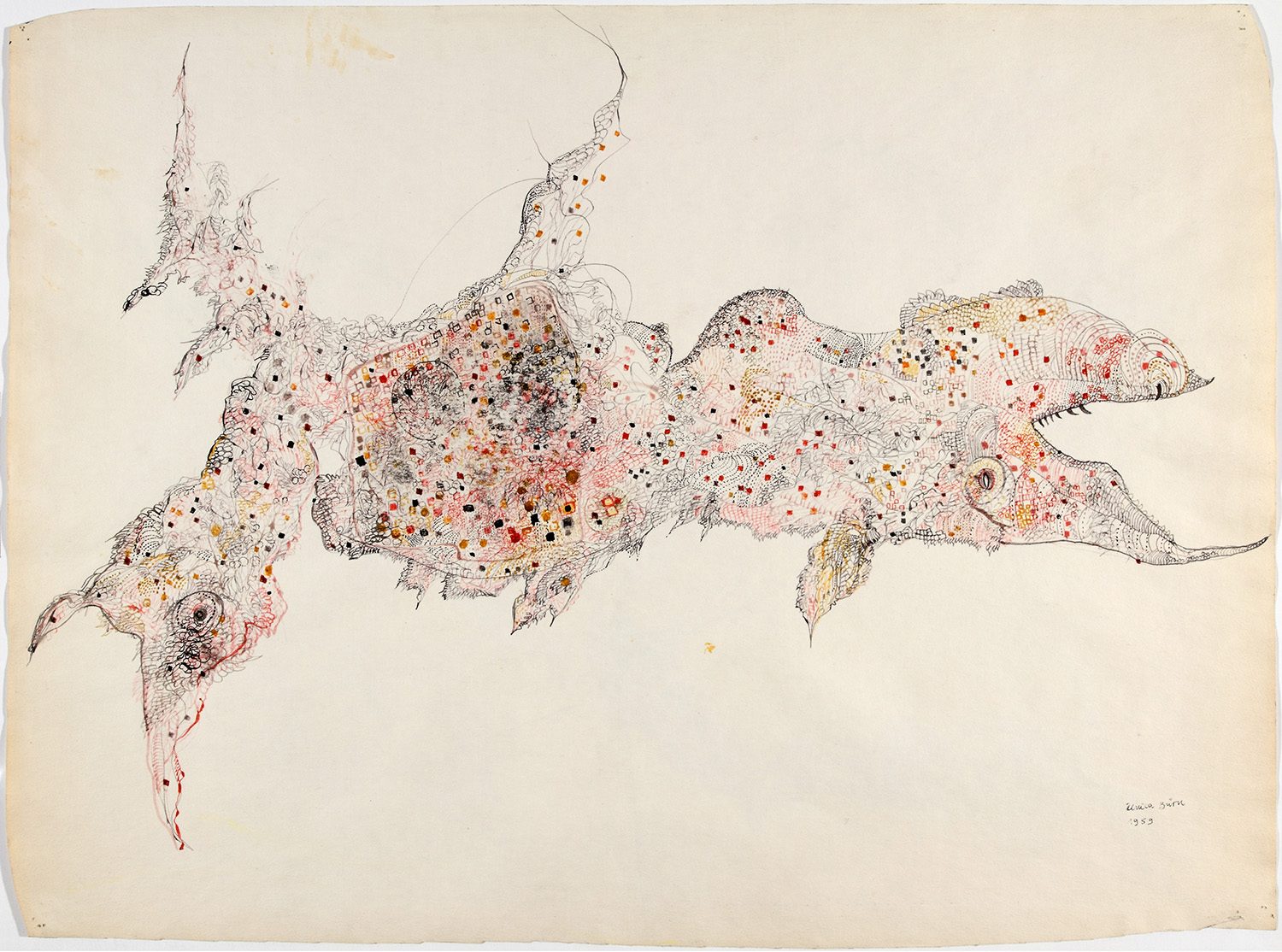Browse by Themes
Unica Zürn, Untitled, 1965, ink and gouache on paper, 65 x 50 cm, 25 5/8 x 19 3/4 in., Courtesy Ubu Gallery, New York & Galerie Berinson, Berlin
Madness, hysteria (comes from the word uterus): these disorders are stereotypically labelled as female. Sometimes alienated due to their eccentricity and exuberance, out of the ordinary for the 1950s, women’s lives were shattered when they were removed from everyday life and placed in institutions or underwent operations such as a lobotomy, a revolution in modern medicine that was extremely popular in the United States at the time.
Yet for certain women these troubled times were sources of creation, giving them a different perception and understanding of the world. Illness inspired Unica Zürn (1916-1970) who questioned her female self from exterior perspectives through her texts and artworks. She observed and staged herself amongst chimeric animals, the distance taken from her own body betraying the schizophrenia that she lived with. Japanese artist Yayoi Kusama (b. 1929) uses art to curb the anguish of her hallucinations. She seeks to immerse her spectators in the infinite exuberance of the colourful forms of her childhood. Dora Maar’s depressive phase led her to abandon photography and turn to painting and engraving the austere landscapes of Provence, where she had withdrawn.
However for some artists the confinement of body and mind sometimes sounded the death knell of creation. Camille Claudel (1864-1943) was interned from 1913 at the request of her brother, as Séraphine Louis, known as Séraphine de Senlis (1864-1942), in 1932, after having squandered her fortune and sinking into madness, and Frances Hodgkins (1869-1947) in the 1940s. They ended their days in institutions abandoning their artistic practice.
For other artists these places of care are the source of inspiration. The observations of Annette Messager (b. 1943) and Mâkhi Xenakis (b. 1956) are haunted by child neuroses, which echo the pathologies of patients in psychiatric hospitals. For Les Folles d’enfer de la Salpêtrière (2004), M. Xenakis immersed herself in hospital archives to capture its atmosphere and create a work for the chapel that speaks of the confinement of women in the hospice. In Chile, after gaining the trust of the patients of the Putaendo psychiatric hospital, Paz Errázuriz (b. 1944) assembled portraits of the internees, cut off from the world, whose lives she wanted to illustrate and document, together in the album El Infarto del Alma (The infarction of the soul, 1994).
Healing Genius: Women Artists and Psychiatry
In 1945 Jean Dubuffet (1901-1985) defined the part of art brut born from artistic research in places of internment by two parameters. The first was the self-taught character of the artist, which often implied their social marginalisation. The second lay in aesthetic research, which found new languages and new techniques. It was also J. Dubuffet who first exhibited the works Aloïse Corbaz, known as Aloïse (1886-1964) in 1948 within the framework of the Compagnie de l’Art Brut. For this artist, confinement coincided with the beginning of her creative work, which proved to be an outlet. She worked with materials recovered from hospital rubbish bins to form the characters she met in her delirium during her 46 years of isolation.
The art brut movement and the interest in it have made it possible, even today, for artists suffering from mental illness to be exhibited in museums. The exhibition Flying High: Women Artists of Art Brut (12 February to 23 June 2019) at the Bank Austria Kunstforum in Vienna brought together more than three hundred art brut works by ninety-three women from twenty different countries from public collections and the private collections of leading psychiatrists. The history of madness as a creative force has also inspired filmmakers such as Martin Provost, who directed the 2008 film Séraphine, a tribute to Séraphine Louis played by Yolande Moreau.
1916 — Germany | 1970 — France
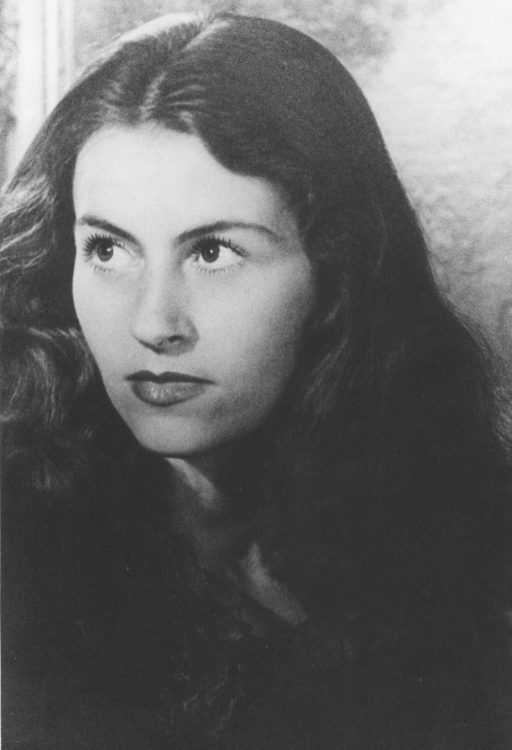
Unica Zürn
1929 | Japan

Yayoi Kusama
1886 — 1964 | Switzerland

Aloïse (Aloïse Corbaz dite)
1900 — 1984 | United States
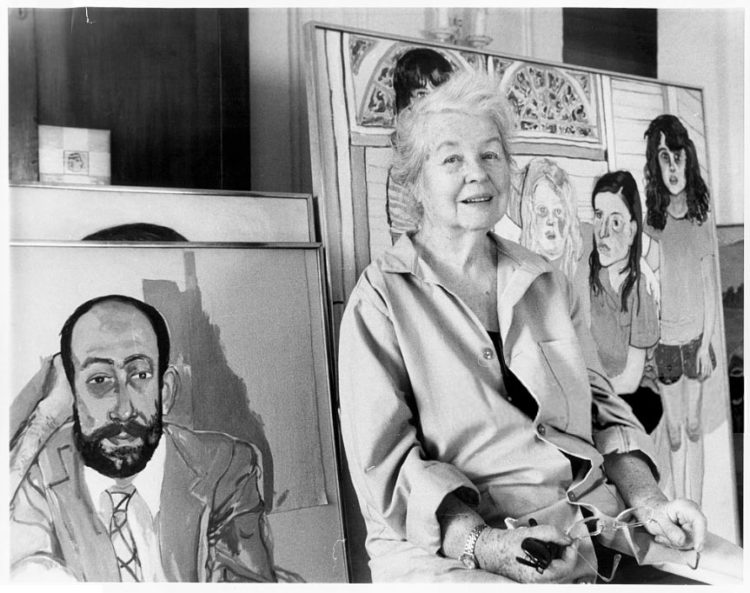
Alice Neel
1944 | Chile

Paz Errázuriz
1885 — 1948 | Sweden
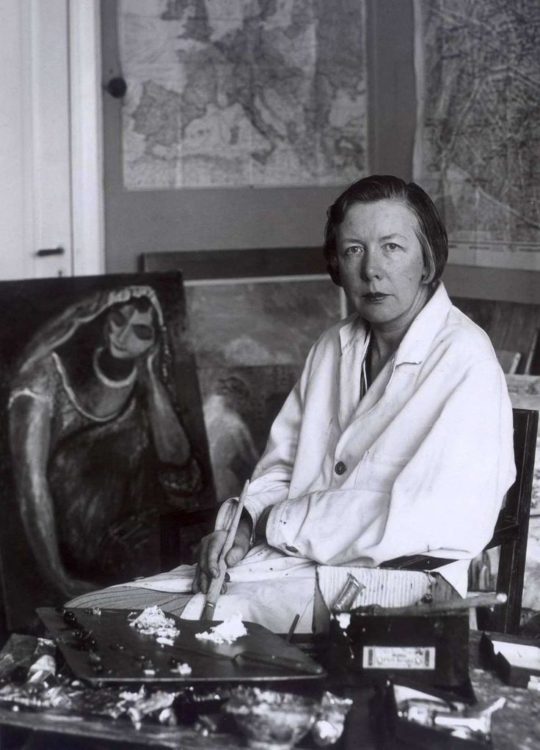
Sigrid Hjertén
1956 | France

Mâkhi Xenakis
1864 — 1943 | France

Camille Claudel
1943 | France

Annette Messager
1908 — Portugal | 1992 — France
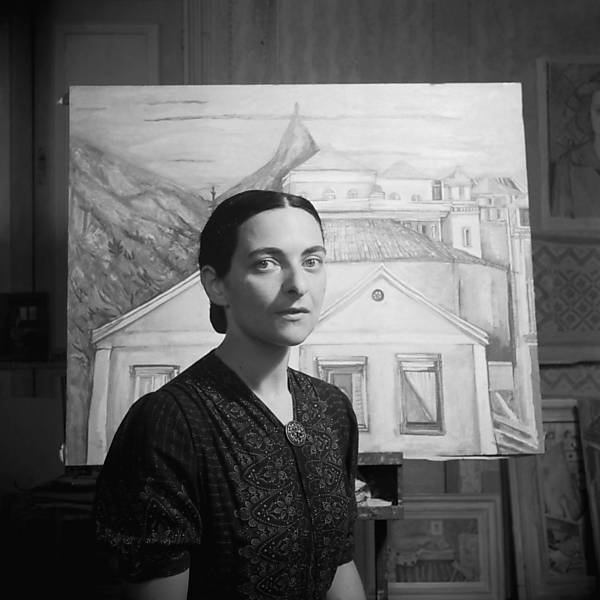
Maria Helena Vieira da Silva
1869 — New Zealand | 1947 — United Kingdom
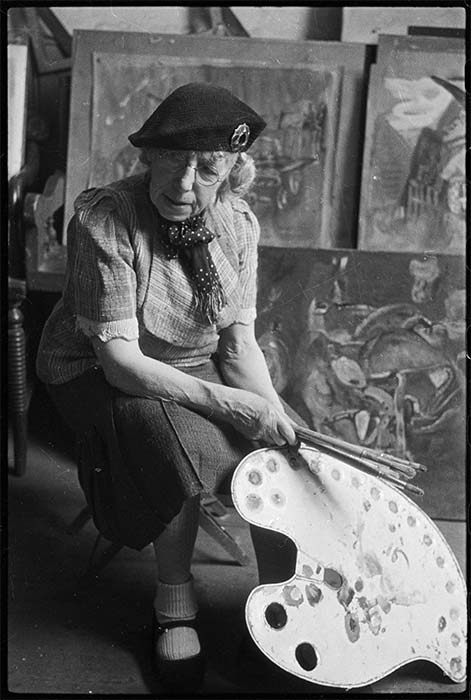
Frances Hodgkins
1864 — 1942 | France

Séraphine Louis, dite de Senlis
1916 — 1985 | Argentina
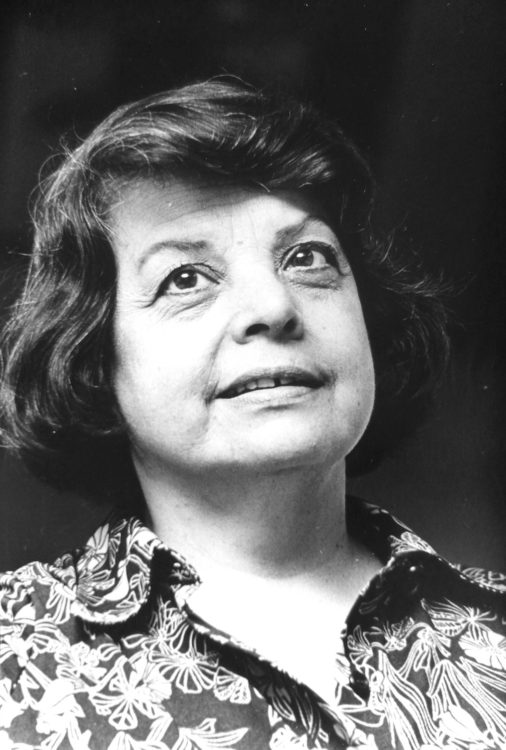
Aída Zulema Carballo
1954 | Israel

Michal Heiman
1967 | Israel

